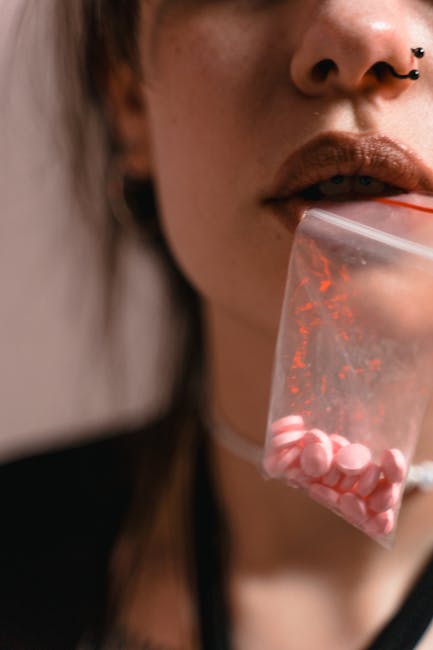The Allure and Danger of Pink Powder Drugs
The term “pink powder drug” is a broad, ambiguous term used to describe a variety of potentially harmful substances often encountered in recreational settings. It’s crucial to understand that the color pink doesn’t indicate a specific drug; instead, it refers to a visual characteristic that can vary widely depending on the substance and its adulterants. This lack of clarity underscores the immense danger associated with consuming unknown powders. Any substance ingested without proper identification and knowledge of its composition poses significant health risks.
Potential Substances Included in ‘Pink Powder’
The term ‘pink powder drug’ doesn’t refer to a single substance. Instead, it can encompass a range of drugs, both legal and illegal, each with its own unique effects and potential side effects. Some possibilities include:
- Fentanyl analogues: These potent synthetic opioids can be incredibly dangerous, even in minuscule doses. Their presence in pink powder is particularly worrying as they can easily lead to overdose and death.
- MDMA (Ecstasy): While MDMA itself isn’t usually pink, it’s sometimes cut with other substances that could give it a pinkish hue. The presence of these cutting agents can significantly alter the drug’s effects and introduce additional health risks.
- Other stimulants: Pink powder could contain other stimulants like amphetamines or methamphetamine. These substances carry their own set of health risks, including heart problems, seizures, and addiction.
- Benzodiazepines: These are depressant drugs that are frequently abused. When mixed with other substances, especially stimulants, they can pose a lethal combination.
- Unknown compounds: Perhaps the most alarming aspect of pink powder is the possibility of entirely unknown and untested substances. These untested substances can have unpredictable and potentially devastating effects on the body.
The Risks of Consuming Unknown Substances
Ingesting any unknown substance carries significant risks. Some of the potential dangers include:
- Overdose: The potency of many drugs, particularly opioids like fentanyl analogues, is unpredictable. Even a small amount can be fatal.
- Adverse reactions: Unforeseen side effects can occur, ranging from mild discomfort to organ failure or death.
- Addiction: Many substances found in pink powder are highly addictive, leading to serious health and social consequences.
- Long-term health problems: Repeated use of many of these substances can cause permanent damage to various organs, including the heart, liver, and kidneys.
- Mental health issues: Substance use can worsen existing mental health problems and lead to new ones, such as anxiety and depression.
- Legal consequences: Possession or use of illegal substances can result in arrest and prosecution.
Identifying and Avoiding Pink Powder Drugs
The best way to avoid the risks associated with pink powder is to avoid consuming any unknown substance. Never take a pill or powder unless you know exactly what it is and its source.
If you encounter pink powder, do not touch it. Contact your local authorities or a drug disposal facility for safe disposal.
Seeking Help for Substance Abuse
If you or someone you know is struggling with substance abuse, help is available. There are numerous resources dedicated to providing support and treatment. Don’t hesitate to reach out to a healthcare professional, addiction specialist, or a support group. Remember that recovery is possible.
Resources for Help:
- [Link to a reputable drug abuse helpline or organization]
- [Link to a local substance abuse treatment center]
- [Link to a national helpline or support group]
The Importance of Harm Reduction
Harm reduction strategies aim to minimize the negative consequences of drug use. Even if you’re not ready to stop using drugs, there are steps you can take to reduce the risks. These strategies can include:
- Never use alone: Always have someone else present in case of an overdose.
- Start with a small amount: This can help prevent accidental overdose.
- Test your drugs: If you must use, consider using a fentanyl test strip to check for the presence of fentanyl.
- Carry naloxone: This medication can reverse opioid overdoses.
It’s crucial to understand that harm reduction strategies don’t endorse drug use, but rather aim to reduce the risks associated with it. The ultimate goal should always be abstinence.
Conclusion
The dangers of consuming pink powder or any unknown substance cannot be overstated. The unpredictable nature of these substances, often contaminated with highly potent and potentially lethal compounds, necessitates a cautious and informed approach. Always prioritize your safety and seek help if you’re struggling with substance use. Knowledge, prevention, and access to resources are key to mitigating the risks associated with this dangerous trend.

